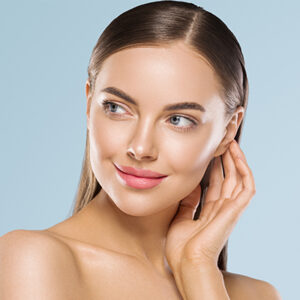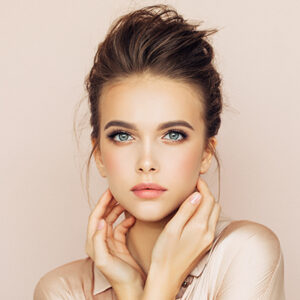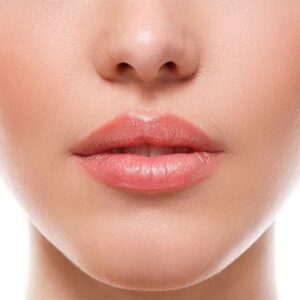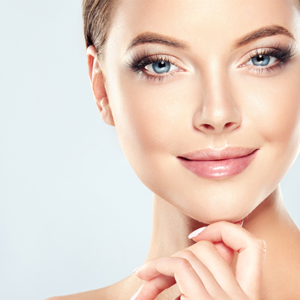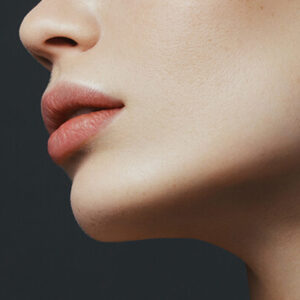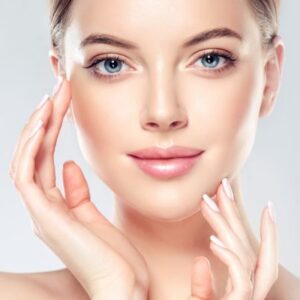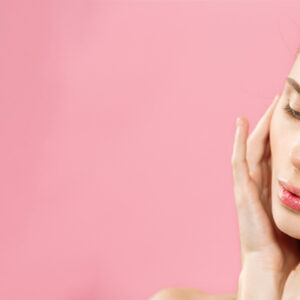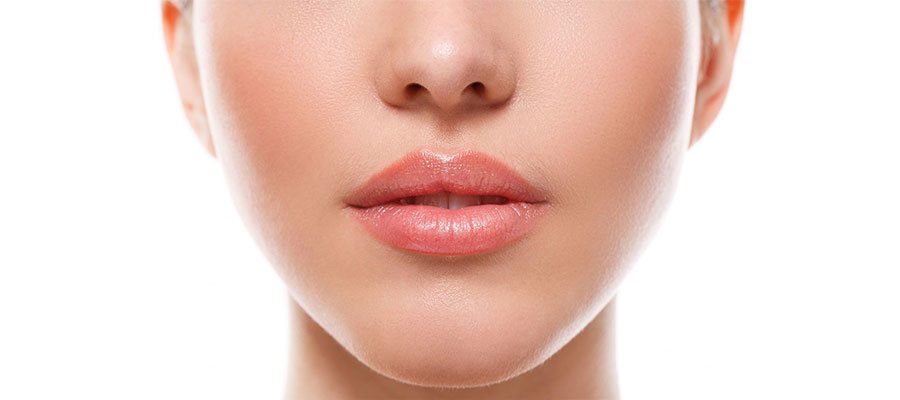
Cheek filling, which is made for the treatment of wrinkles that appear with aging and to shape the face, is a non-surgical aesthetic application that has become preferred especially for people who have these problems in recent years.
The cheek filler, which is applied to eliminate the dimple-like appearance on the cheeks of a weak person, reduces facial depressions and wrinkles and provides a more aesthetic and natural appearance of this area.
With the right planning, a younger appearance can be obtained with cheek filling.
What is Cheek Filling?
Cheek filling is a non-surgical aesthetic filling application that is performed for the treatment of facial depressions and wrinkles, in which hyaluronic acid-based dermal fillers are injected into the skin, the facial oval regains a triangular appearance, the volume loss in the cheeks is restored and the deformations on the face are repaired.
The fact that cheek filling is a non-surgical, that is, non-surgical application, can easily return to social life at the end of the application, the application does not have serious complications and side effects are very rare, the effect of cheek filling is immediate and its permanence makes this application preferable.
How is Cheek Filling done?
Cheek filling is an application that is applied using hyaluronic acid to give fullness to the cheek area and to define the cheekbones. Cheek filling is done by injecting millimetric needles into the cheek, as in other filling applications.
Before starting the application, anesthetic creams are applied to the patient in order to minimize the patient’s pain and suffering. Afterwards, injections are made at the rate and extent determined for the application, and the cheek is filled.
Injections containing hyaluronic acid, which are applied to the cheek area, have an effect on the area where it is injected and provide the desired appearance throughout the face. Cheek fillers help to remove dimples and wrinkles in the cheek area, plump the cheek area, and make the cheekbones more curved and fuller.
This application, which takes 15-20 minutes on average, does not cause any serious complications since the hyaluronic acid contained in the skin is injected.
Cheek fillers begin to show their effect at the end of the first week after application. The permanence of this filling application, for which a single session is usually sufficient, varies between six months and eight months due to the hyaluronic acid content in its content.
Filling applications are among the non-permanent non-surgical aesthetic applications. Filling applications can be repeated once this permanence period, which varies according to the person’s skin structure, skin characteristics, tissue condition, age and gender, is completed.
Who are suitable candidates for Cheek Filling ?
Cheek filling is done to eliminate symmetry disorders, to eliminate cheek collapses, to proportion facial symmetry, to remove facial wrinkles, to give a stronger appearance to the cheeks, and to define the cheekbones.
Cheek filler can be applied to people with dimples, sagging, wrinkles in the cheek area, and people whose cheekbones or cheek area is not prominent depending on their physical characteristics. Cheek filling can be applied to very thin people or people who have recently lost excessive weight, under the control of a doctor.
Who cannot have Cheek Filling?
Cheek fillers cannot be applied to pregnant women, breastfeeding mothers, people with some serious chronic diseases, people with skin diseases, people with skin cancer, people with active infections in the application area and people who may be allergic to cheek fillers. Before the application, whether the person is suitable for cheek filling is determined by the specialist.
Which applications can be combined with Cheek Filling?
Since all filling applications and all botox applications are applications made using very small and thin millimetric needles, there is no harm in doing them in combination. Since these applications do not affect social life, and are uncomplicated, non-surgical aesthetic applications, they are very comfortable and can be preferred to be done with each other.
The most common filling applications with cheek augmentation are jawline chin filling and lip augmentation because asymmetry, wrinkles and dents in the cheek are eliminated in cheek filling, while it is to give a certain line to the chin in jawline chin filling, and to shape the lips by gaining a certain volume in lip filling. In other words, when these three filling applications are applied together, the face gains an aesthetic appearance and takes the appearance desired by the people who have this application.
The most common botox applications with cheek fillers are botox applied to the forehead and temple area and botox applied to the chin area, because the purpose of cheek filler is to remove wrinkles on the skin and to make the cheekbones more prominent and to give a face line, while botox applied to the forehead and temple area also helps to remove wrinkles in these areas, the chin area. Botox helps to define the jaw line.
The person who will have the cheek filling done should share this situation with his doctor before the application, whichever application he wants to have in combination with this application, because the treatment planning will be made accordingly.
The skin structure, tissue condition, sensitivity and age of the person are very important in which application will be performed in combination with the cheek filling. The doctor performs treatment planning by taking these characteristics of the person into account. Cheek filling can be done alone for people with sensitive skin.
Frequently asked questions about Cheek Filling
What is the age limit for Cheek Filling?
In order for cheek filling to be performed, people who want to have the application must be over the age of 18. Since the age of 18 coincides with the age at which body development is completed, fillings before this age may pose a risk. Cheek filling is a filling application that is usually made for the age range of 25-30.
Is Cheek Filling a painful application?
Cheek filling is performed by injection of very small and thin millimetric needles to the areas determined before the application in the cheek area.
Since anesthetic creams are applied in order to minimize the pain and pain sensation of the person before the application, pain is not expected during the application. Minimal pain can be seen only if the person who has the application has a very sensitive skin structure. There is no pain or pain after cheek filling.
When will you return to social life after Cheek Filling?
There is no time to wait for returning to social life after cheek filling. Although it is rarely seen during the application, side effects such as slight bleeding, redness and bruising may be experienced in the application areas and these side effects may continue for a while after the application. Therefore, it is necessary to apply cold compresses to the application areas. Some people may take a break from their social life for 1-2 days for these side effects to pass. Apart from this, there is no need to take a break from social life.
What should be considered after the application of Cheek Filling?
After cheek filling, blood thinners such as aspirin should not be used for two weeks, the first 1-2 hours after the application should be kept in an upright position, not lying down, avoiding heavy exercises on the day of application, skin care and make-up should not be applied, should not be in environments open to infection such as pools, sauna, Turkish bath, etc. should not be in hot environments such as solariums, spas, sunscreen creams should be used, prolonged exposure to the sun should be avoided, foods and beverages containing caffeine should be avoided, excessively hot foods and beverages should not be consumed, and excessive alcohol and cigarette consumption should be avoided.
